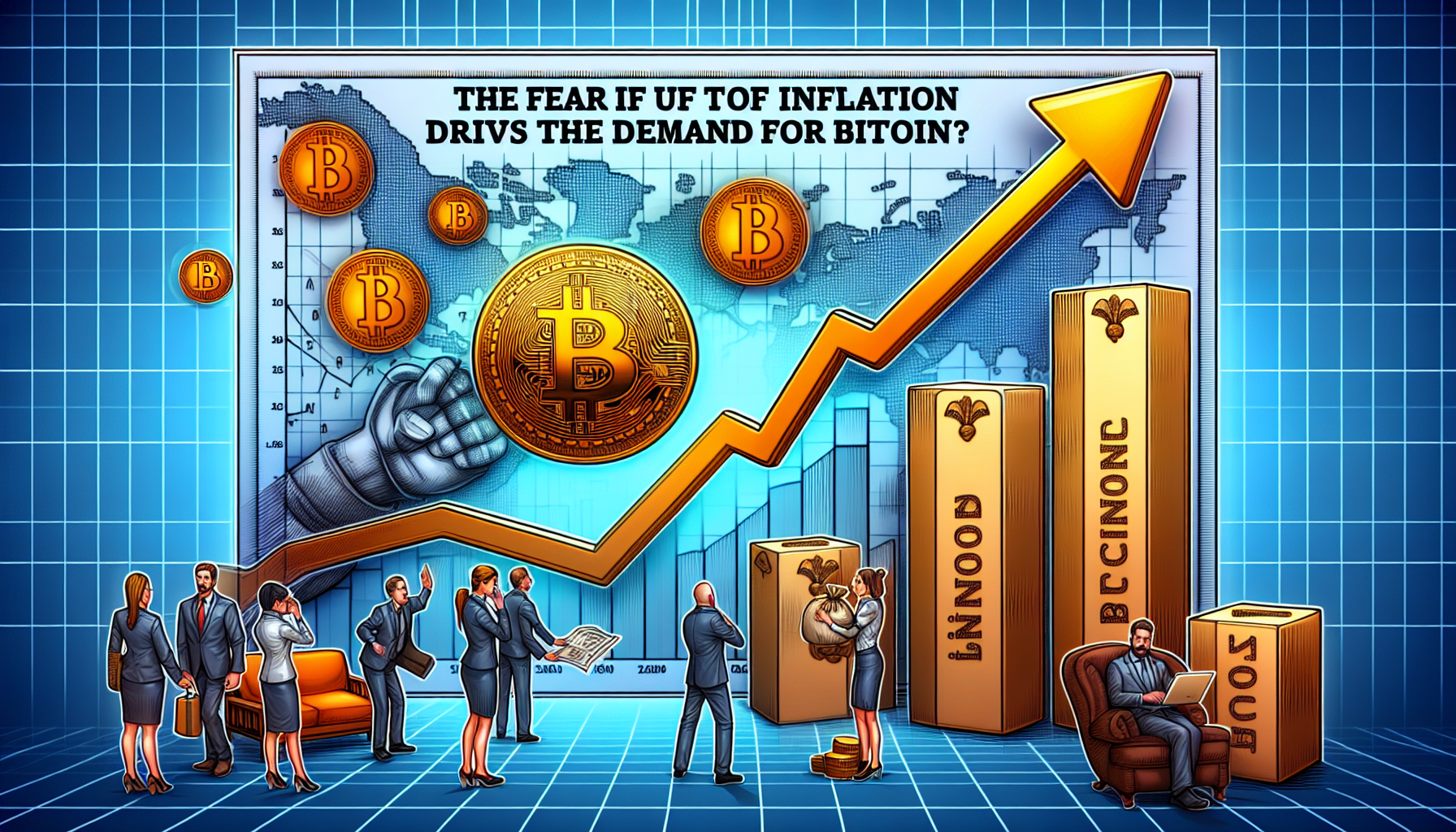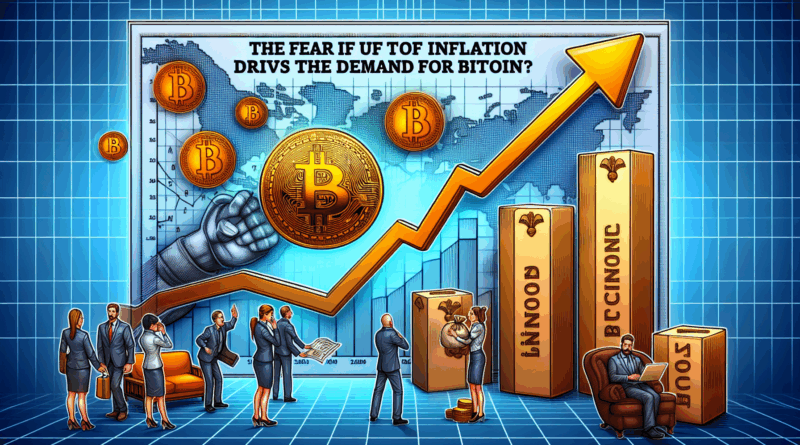How Inflation Fears Drive Bitcoin Demand: Understanding the Trends
Introduction: The Rise of Bitcoin Amid Inflation Fears
In an era where inflation rates are wreaking havoc on traditional currencies, many investors are asking: how are these economic uncertainties influencing digital currency trading? According to recent studies, sectors with high inflation saw a dramatic 40% increase in Bitcoin demand. But what exactly is driving this trend?
The Safety Net of Bitcoin: A Hedge Against Inflation
As the value of fiat currencies fluctuates, investors seek refuge in digital assets like Bitcoin. The primary appeal lies in Bitcoin’s blockchain technology principles, which provide a decentralized approach to currency that inherently limits supply. This characteristic makes Bitcoin a favorable hedge against inflationary pressures.
- Scarcity: Bitcoin’s capped supply of 21 million coins ensures it cannot be easily diluted.
- Decentralization: It operates independently of central banks, removing political and economic instabilities.
- Global Accessibility: Anyone with an internet connection can buy and hold Bitcoin.
How Inflation Influences Investment Decisions
Market trends show that as inflation fears rise, more investors turn to Bitcoin for security. For example, during the 2020 pandemic, the price of Bitcoin soared to an all-time high of over $60,000. This phenomenon isn’t coincidental; numerous investors view Bitcoin as a reliable asset.

- Inflation-Proof Strategy: Bitcoin is viewed as a long-term investment.
- Growing Institutional Interest: Companies are adding Bitcoin to their balance sheets to diversify their risks.
The Role of Economic Indicators
Indicators like Consumer Price Index (CPI) and volatility in stock markets are pivotal in shaping Bitcoin mandates. For instance, when CPI rates reflect a growing hike, Bitcoin typically experiences an influx of demand.
- Increased Volatility: As markets react to inflation news, Bitcoin trading activity spikes.
- Heeding Market Trends: Investors tend to notice a closer correlation between CPI rates and Bitcoin price movements.
Conclusion: Your Move in the Bitcoin Market
As inflation fears persist and the economy fluctuates, understanding how these factors drive Bitcoin demand becomes crucial. Whether you’re considering how to safely store cryptocurrency or mapping out strategies for 2025’s most promising altcoins, staying informed will guide your investments. Why wait? Start exploring your options today!
For more insights about Bitcoin and related developments, visit our articles on how to secure your crypto and 2025’s top altcoins.
Disclaimer: This article does not constitute investment advice. Please consult your local regulatory authorities before making any financial decisions.

Insights provided by Dr. Alex Morris, a finance expert with over 20 published papers in cryptocurrency analytics and a leading auditor on multiple blockchain projects.




